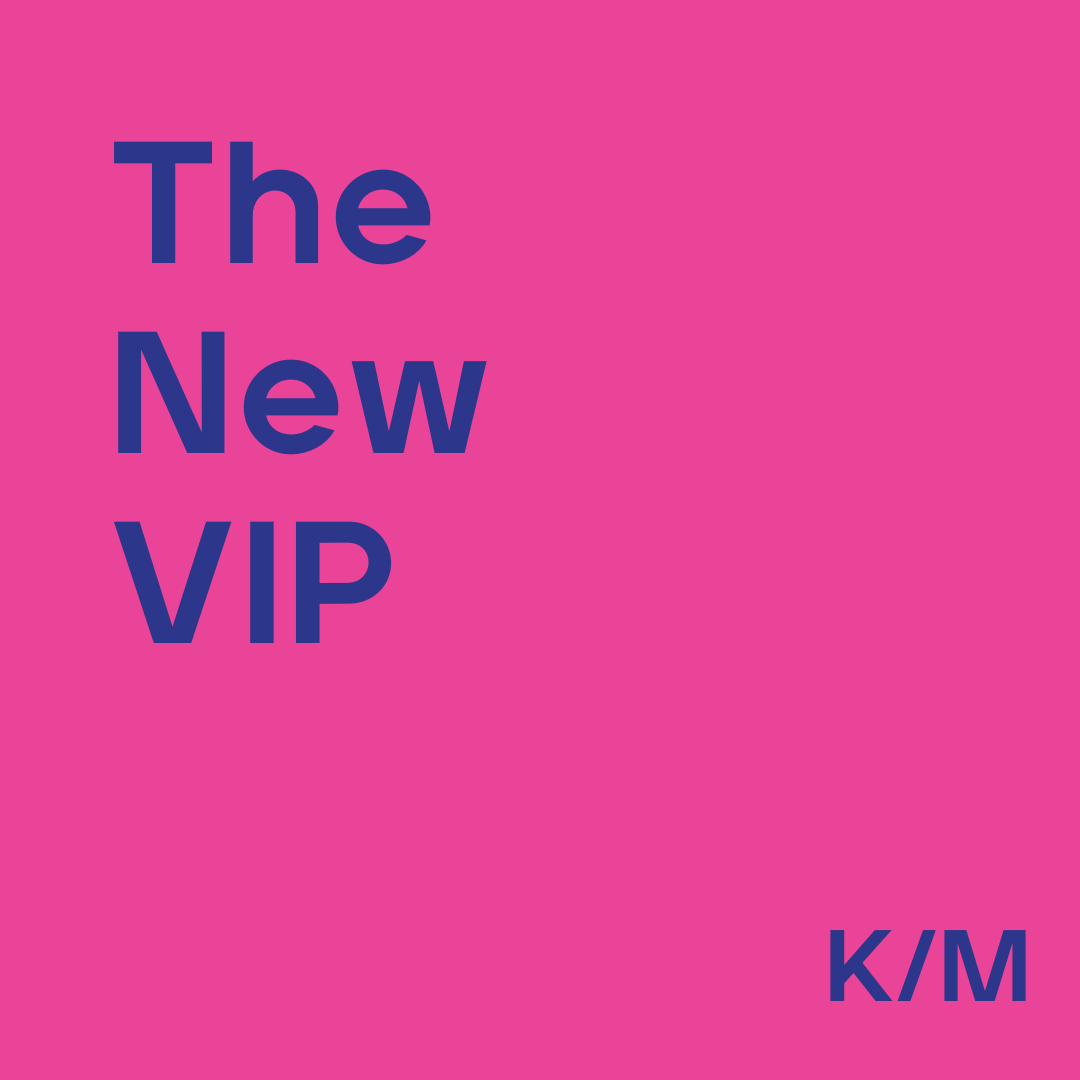Navigating influencer marketing, who classifies as an influencer? Which platform is best? Is a bigger following better?
Brands are looking for ways to connect with consumers and social is a powerful way to do that. It has been exponential and is only continuing to grow.
Brands are becoming more savvy in how they reach their customers and with better conversion rates through influencer marketing on platforms like Insta, Facebook, Tik Tok and LinkedIn.
How can you find the right influencer?
- Work out what you are trying to achieve? Is it conversions? Growing your email database? Once you know what you want to achieve then you can figure out what platform is best for you and then which influencer. For example, you want to grow grow IG followers, do a giveaway or collab. Want to build your database? Engage with an influencer who can do a webinar or a Live so people need to sign up so then you can retarget.
- Once the influencer is identified, look into who their audience is. Where are the followers based, gender and age groups. If they’re the right audience then you can start to engage with the influencer.
- Work with the influencer. They will know what works best with their audience, work with them, let them guide you.
Is bigger better? No. It’s not just about size of the audience or an influencer’s engagement rate we need to get more granular than that. Where’s their audience? Are they a key opinion leader? Do they have authority on the subject or sector you’re hoping to engage with. Are they adding value by promoting the product? At the end of the day it should be mutually beneficial.
Engagement can be across the board but generally micro and nano influencers may provide more engagement and capture brand sentiment. (Nano < 5k followers, Micro < 25-30k followers)
So, what defines an influencer? Anyone who has the ability to shape or change a person’s decision. We generally think social media but influencers come in the shapes of politicians, journalists, doctors etc
The law is keeping up with the space, both brands and consumers need to be protected and there needs to be clarity around what is paid and what is a recommendation. For example, Instagram has the paid partnership tag as well as #ad that must be used.
How can you tell if someone paid for followers? Finding their engagement rate is a good indication, generally speaking an average ER is between 1-3%, any lower suspect bought followers.
Always dig deeper, are the influencers values aligned to your brands and is their audience the right following? If you’ve answered yes to both of these questions then start engaging.



